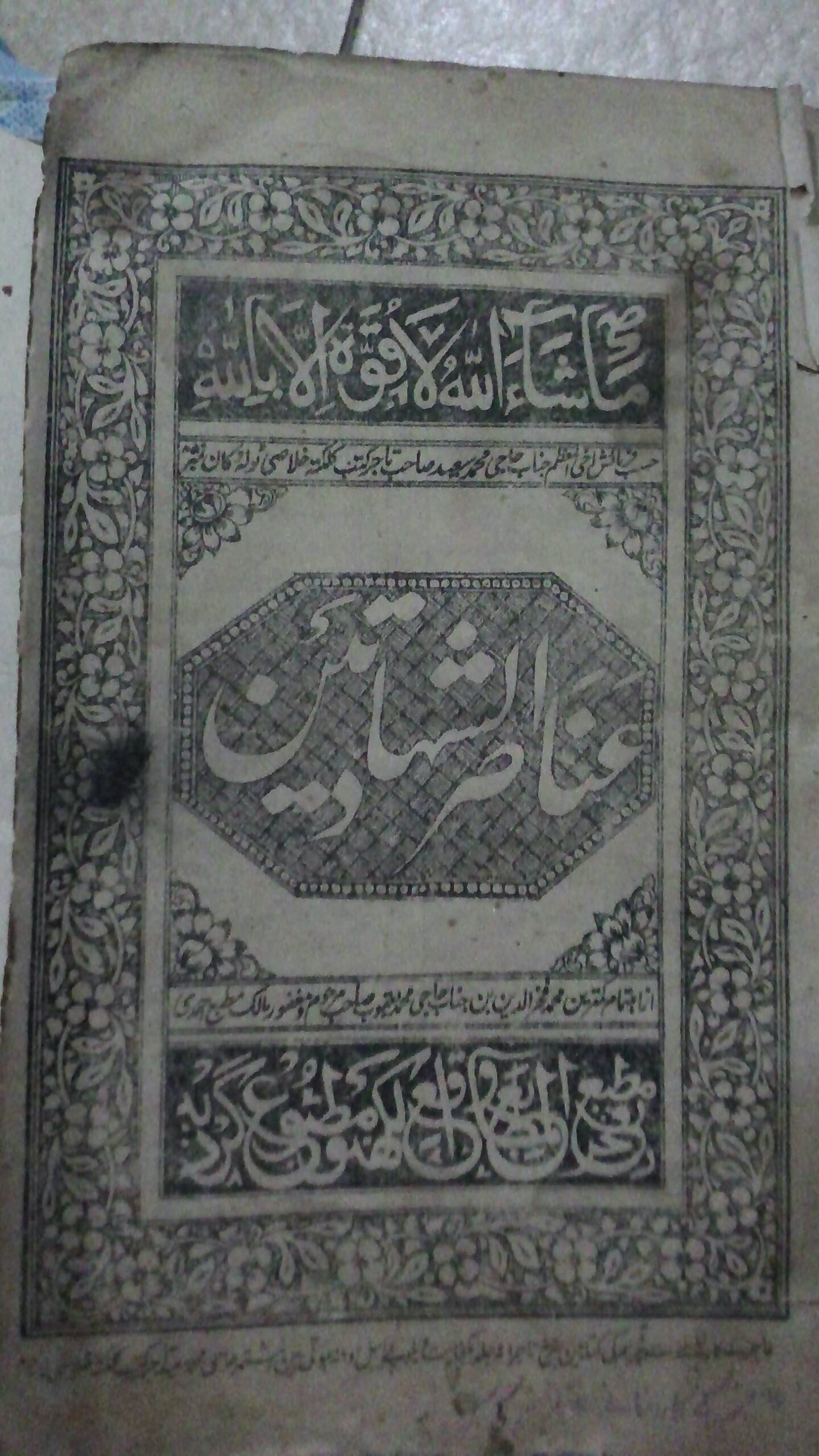Indonesia, a nation of myriad cultures and ethnicities, boasts a rich tapestry of diversity. The country is endowed with a wealth of folklore, passed down through generations via oral traditions, still enduring to this day.
One such example is the tale of “Maling Kundang,” an unwritten narrative known to nearly all Indonesian communities. Numerous silent witnesses to history have been meticulously preserved, including cultural heritage sites, temples, inscriptions, and written records.

These written legacies hold immense value. Among them are chronicles and historical texts that eloquently recount stories of the past. These narratives encompass a wide spectrum, ranging from the origins of places, religious teachings, moral imperatives, accounts of individuals’ feats, to the triumphs of various ruling powers.
Indonesia possesses an abundance of these stories. Typically, in the Javanese region, these writings are composed using the Javanese script. Likewise, in other regions, they are adapted to the scripts native to those areas.
Consider, for instance, the Museum Kambang Putih in Tuban. Located not far from Tuban’s town square, this museum houses several ancient manuscripts, written in the Javanese language and script. Tuban stands as one of the cities in East Java that actively embraced the use of the Javanese script. However, visitors cannot view these manuscripts in the museum’s display cases, as they are securely stored in the control room.
However, Indonesia is not only rich in its own culture but also harbors remnants of the past in the form of manuscripts documenting the cross-border development of religious knowledge. One such manuscript is titled “Anāṣir al-Shahādatayn,” which translates to “The Elements of the Two Testimonies.” This manuscript is owned by an individual named Sutiyono Abdullah, residing in Mlatinorowito, Kudus.

